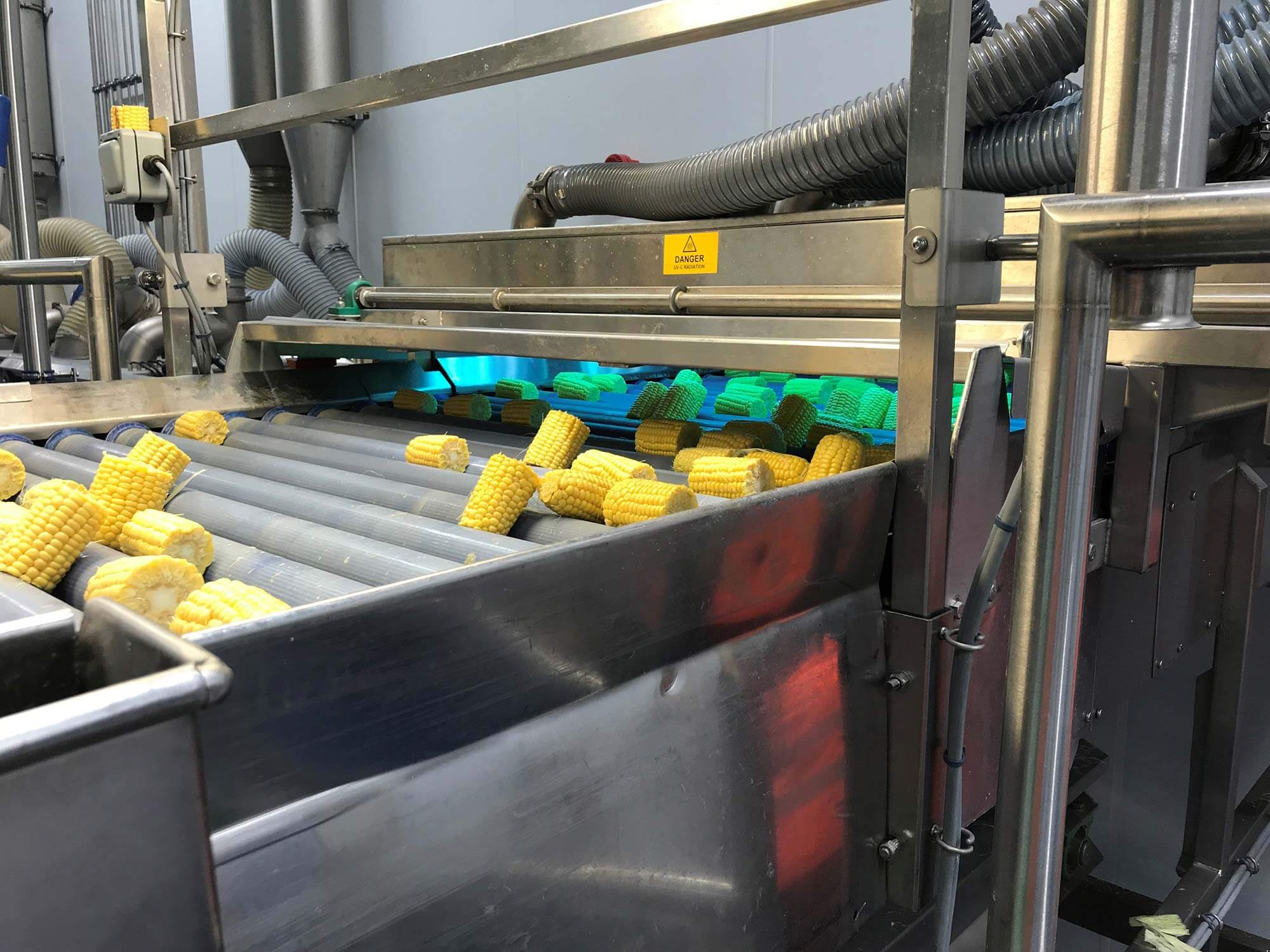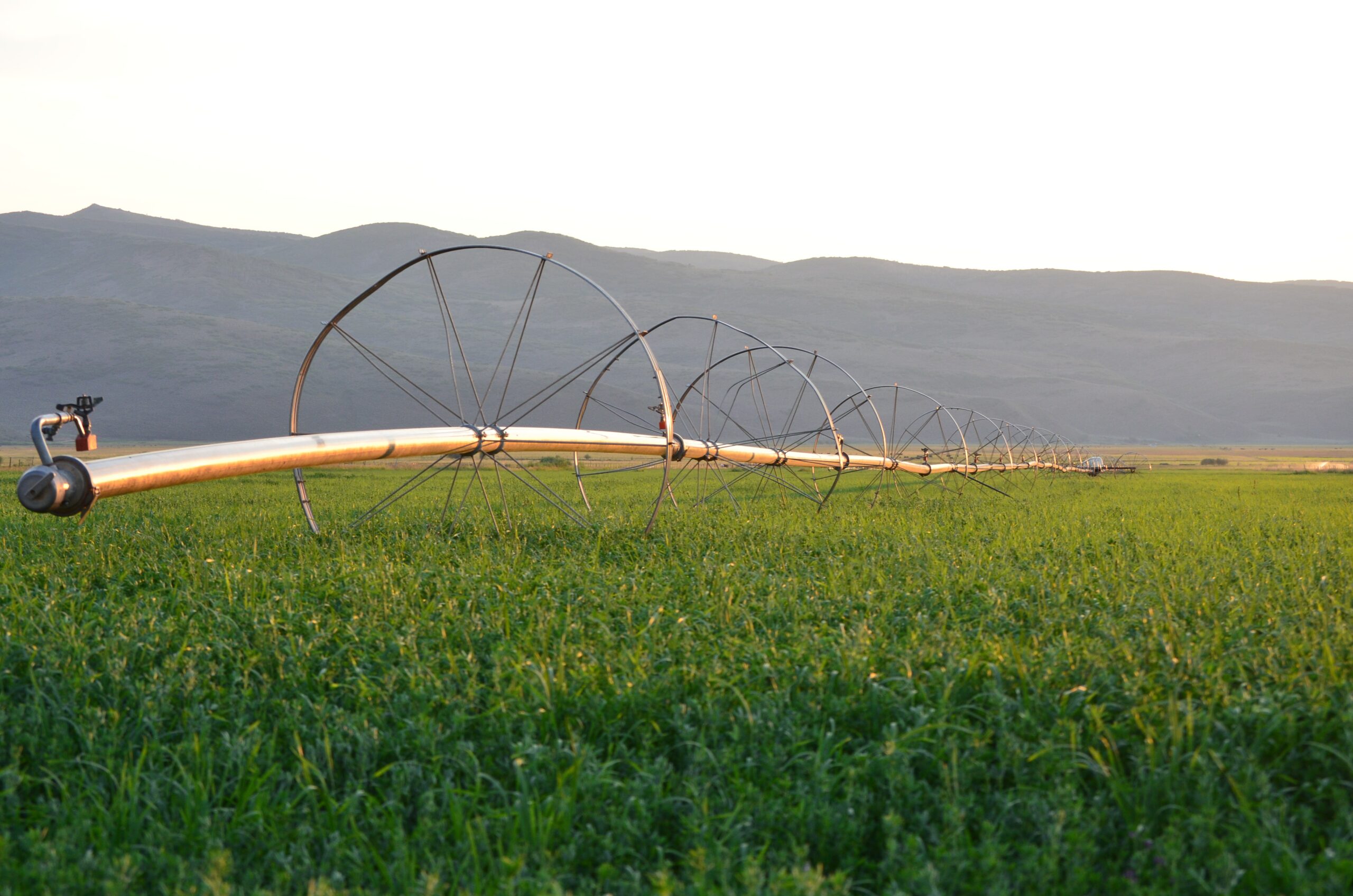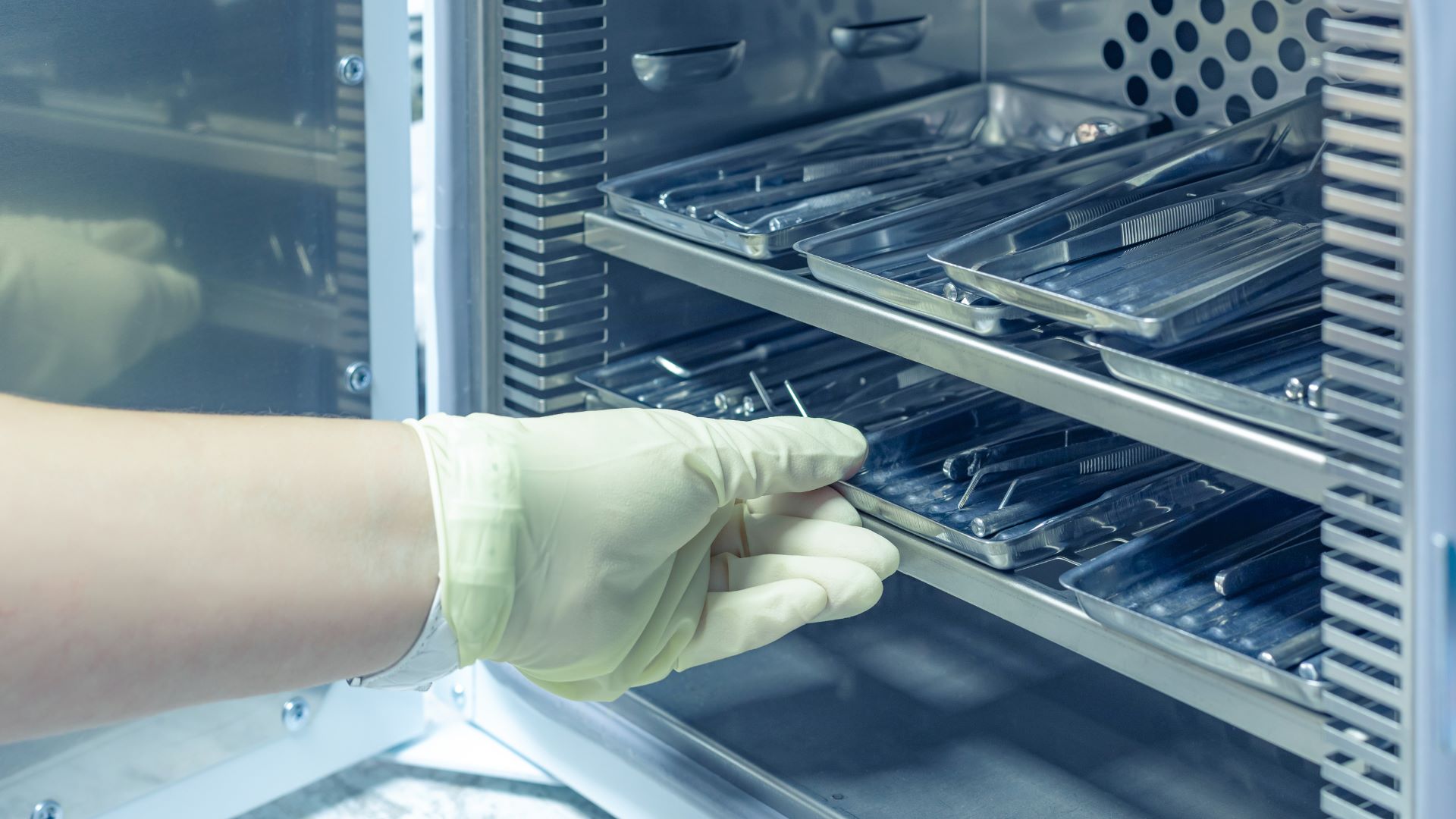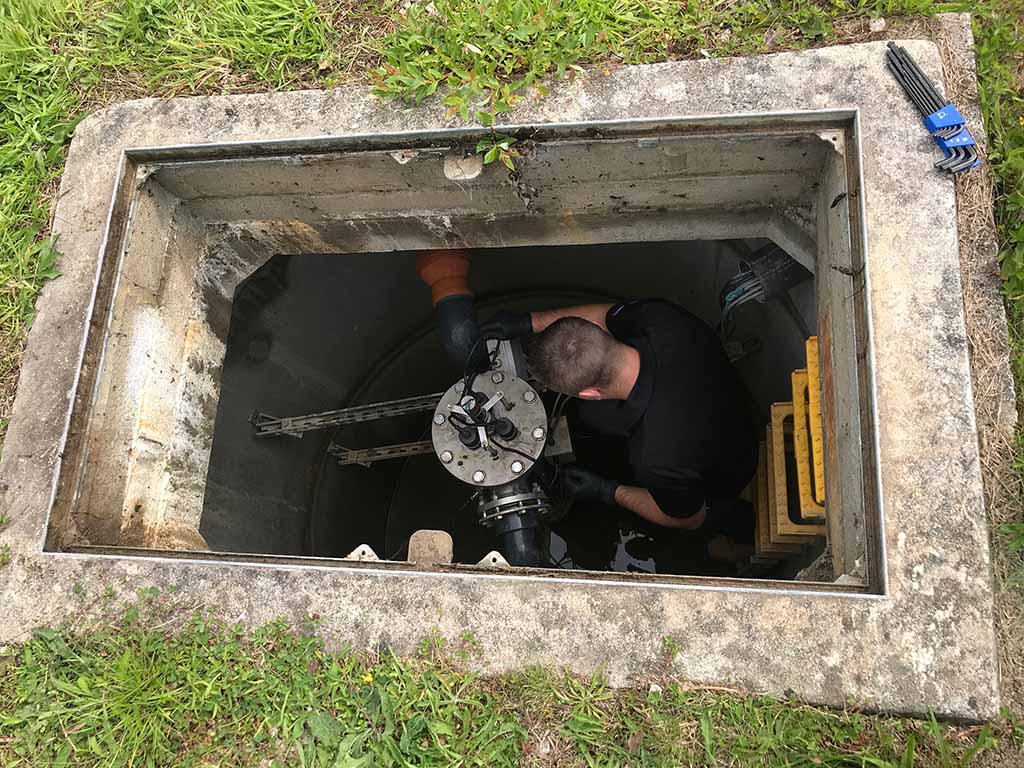UVC technology in food processing
This article discusses the considerations that need to be taken into account when using UVC technology in food processing for decontamination and disinfection. It explores the potential impact on product safety and quality and how UV technology is a safe and cost-effective way to disinfect food and packaging.
What are the considerations when using UVC technology in food processing and drink manufacturing?
The use of UV light for food and beverage processing is a relatively new and challenging area compared to its established applications in water and air treatment. This is because UV treatment for food applications requires alternative approaches due to the high absorption, scattering, and surface effects of food products.
“Ultraviolet light (UV) light holds considerable promise in food processing as an alternative to traditional thermal processing. Its applications include pasteurization of juices, post lethality treatment for meats, treatment of food contact surfaces and to extend the shelf-life of fresh produce.”
UV light for processing foods, Tatiana Koutchma
It is also promising for pre-processing of raw materials or dry ingredients, post-processing of ready-to-eat meals, shelf-life extension of fresh produce, and as a dry sanitation method in food factories and facilities.
While UV light has been effective in decontamination and disinfection, food and beverage manufacturers must consider several factors when using this technology.
These include:
- the pressure to maintain production targets
- the potential harmful effects of UV light on human skin and eyes
- lamp maintenance
- machine design and construction
- cleaning procedures, and
- the potential impact on the composition and quality of food products.
The history of UV in the food industry
The use of C-band ultraviolet (UV) light for food safety is a science-based approach that dates back to the 1850s. By applying precise dosages of UVC energy, mould spores, bacteria, viruses, and other undesirable microscopic contaminants can be inactivated to prevent food contamination and extend shelf-life. This process involves innovative and proven lamp technology, coupled with measurement, calculation, and experimental data, making it a process of applied math and science, rather than one of smoke and mirrors.
What is UVC light and how does it work in food processing?
UVC is a method of disinfection that can inactivate and destroy bacteria on the surface of food and packaging, without using heat or harsh chemicals. UVC damages or modifies the DNA of bacteria, limiting its ability to reproduce and spread. The technology is most effective when used on products covered by transmissive packaging, or on the surface of fruits, vegetables, and bakery products. It can also be used to treat liquids such as water.
UVC is an alternative to traditional thermal processing and is already being used for a variety of food safety applications, including pasteurizing juices, treating food contact surfaces to increase the shelf-life of food products, and destroying bacteria on the surface of meats.
Food production environments can put pressure on manufacturers to meet production targets, leading to decisions that can impact the efficacy of UVC treatment. Safety is also a concern, as UVC light can harm human skin and eyes, leading to the need for interlocks and guarding to prevent accidental exposure.
Lamp maintenance and cleaning are important considerations to avoid product contamination. Moreover, before using UVC technology on food products, manufacturers should perform their own validation and due diligence to ensure that the technology does not negatively impact product quality or safety.
What are the advantages of using UVC technology over more traditional methods?
“… it was noted back in 2005 that washing is limited in removing contamination and more likely to distribute pathogens between batches, especially if the sanitizer concentrations are not maintained in the background of accumulating organic matter.”
Keith Warriner, Professor, Department of Food Science, University of Guelph
One of the advantages of UVC technology is that it is chemical-free, which means that there is no residual left behind on products or packaging, and no chemicals are involved. This makes it a safe and effective way to reduce or eliminate DNA-based surface contamination, such as moulds, bacteria, and viruses, without altering the flavour, colour, or nutritional content of most foods and beverages.
UVC can also reduce or eliminate the need for chemicals to treat food products and their containers.
Another advantage of UVC technology is that it is cost-effective, helping to reduce operational costs. Properly designed and implemented UVC food safety solutions can reduce the risk of losing a product due to contamination and improve the efficiency of operations. It also reduces or eliminates the need to purchase and disposal of expensive harmful chemicals.
Adding UVC disinfection to a production line can often pay for itself in a matter of months. Recurring costs are typically associated with the lamps, which last for around 12 months or 9,000 hours of operation, depending on the application. This means that the production line can operate with minimal interruptions due to the low maintenance and downtime required.
Additionally, the low carbon stainless steel housings used in UVC food safety solutions are built to last a lifetime.
UVC technology is a safe, effective, and cost-effective way to protect food
In conclusion, UVC technology is a safe, effective, and cost-effective way to protect food and beverage products from contamination and extend their shelf life. It is a science-based approach that involves precise dosages of UVC energy, innovative and proven lamp technology, and measurement, calculation, and experimental data. By reducing or eliminating DNA-based surface contamination without altering the flavour, colour, or nutritional content of most foods and beverages, UVC technology offers a chemical-free alternative to traditional food safety methods.
UVO3
Specialists in UV disinfection and commercial UV water treatment.
UVO3 are a UV disinfection equipment and service company with a vast amount of experience in the UV disinfection industry. Providing a complete range of UV equipment to a wide range of industries including; agriculture, food and beverage production, building services, leisure, waste water, aquaculture, and many others.
UVO3’s technology is 99.9% effective in killing all bacteria and eradicating pathogens, without leaving any chemical residue on produce.
For any UV related queries contact sales@uvo3.co.uk





